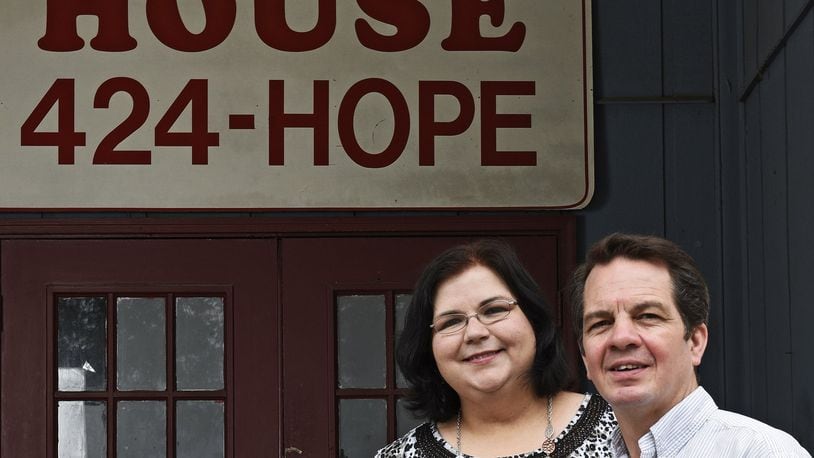As volunteer coordinator, Lawson has spent her first three months reaching out to more affluent areas in a 20-mile radius of Middletown, she said. Her goal is to reduce the burden that Hope House puts on some Middletown churches by increasing its volunteer base.
Fredericks is unsure about a timetable for the possible merger, but said it’s mostly dependant on Hope House proving its financial stability. Fredericks said Hope House has to increase its revenue by reaching more donors and raise the salaries of those who work there. He said the staff is paid “way below” market value, and the executive team at City Gospel Mission wants to see that improve.
In 2013, according to its tax forms, Hope House received $502,000 in contributions, $186,000 in grants, profited $175,000 off investments and generated $874,000 in revenue. The center spent $474,000 on programs, $117,000 on administration, as part of its $735,000 in expenses, leaving Hope House about $135,000 in the black, according to the forms it submitted.
The Rev. Mitchell Foster, executive director, received $39,000 in wages and was the only paid employee, according to the IRS.
Fredericks said if Hope House and City Gospel Mission merge it would extend the reach of both homeless shelters. He said both have their own brands, so there has been no decision on a possible name of the center.
He also declined to talk about possible locations for Hope House, which opened in the former U.S. Hotel, 34 S. Main St., 26 years ago. He said the men’s and women’s centers are at capacity, and a new facility is needed.
The City Gospel Mission opened a facility at 1805 Dalton Ave., in Cincinnati in April 2015. City Mission is located on the site of the former Crosley Field, where the Cincinnati Reds played until Riverfront Stadium opened in 1970. He said the original home plate and foul poles at Crosley Field are marked in the new facility.
Whenever you open a new building for the homeless it creates “a double-edge sword,” Fredericks said. Some potential donors say, “You are making it too easy on these people,” and if the facility needs repairs, donors say, “I’m not going to give because it’s hopeless,” he said.
“You have to have balance,” Fredericks said. “We would like to be a community partner and not something that people are afraid to walk in front of. We don’t like that either.”
If Hope House, a faith-based ministry, serving homeless men, women and children in Butler, Warren, and surrounding counties in Southwest Ohio, decides to build, Fredericks said he will lead a capital campaign that will cost millions, and the community must be supportive.
No matter where Hope House is located, or its name, homelessness doesn’t appear to be going away. Hope House served 57,000 meals last year, all with products and services that were donated, and typically the 45 beds for men and the 50 beds for women and children were full every night.
“Homeless shelters are needed,” Fredericks said. “It’s unfortunate that homeless congregate in large urban areas. But the reason they do that is because there are resources,, legitimate and illegitimate. We have to have a shelter that’s close to them. We have to come where the need is.”
City Gospel Mission opened in an industrial park, and the two businesses there, “put up a big stink,” Fredericks said.
“It’s a necessity to be somewhere, to be in someone’s back yard,” he said.
When asked what leads to homelessness, Fredericks said everyone has ability, opportunities and effort, and they’re born with the first two.
“The only thing we can control is our effort,” he said. “But if your opportunities are so small it’s difficult, or impossible, to apply that effort. So it’s harder to pull yourself up than it is to get that next drink, or that next drug that numbs you from the reality of who you are.”
At Hope House, residents receive comprehensive programs and services designed to promote long-term, sustainable life transformation, Lawson said. She stressed Hope House isn’t an emergency shelter.
“We try to figure out what pieces are missing or broken, fix them so that you can go back out there and be successful,” she said.
About the Author
